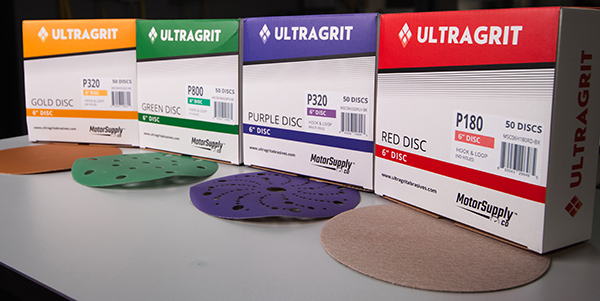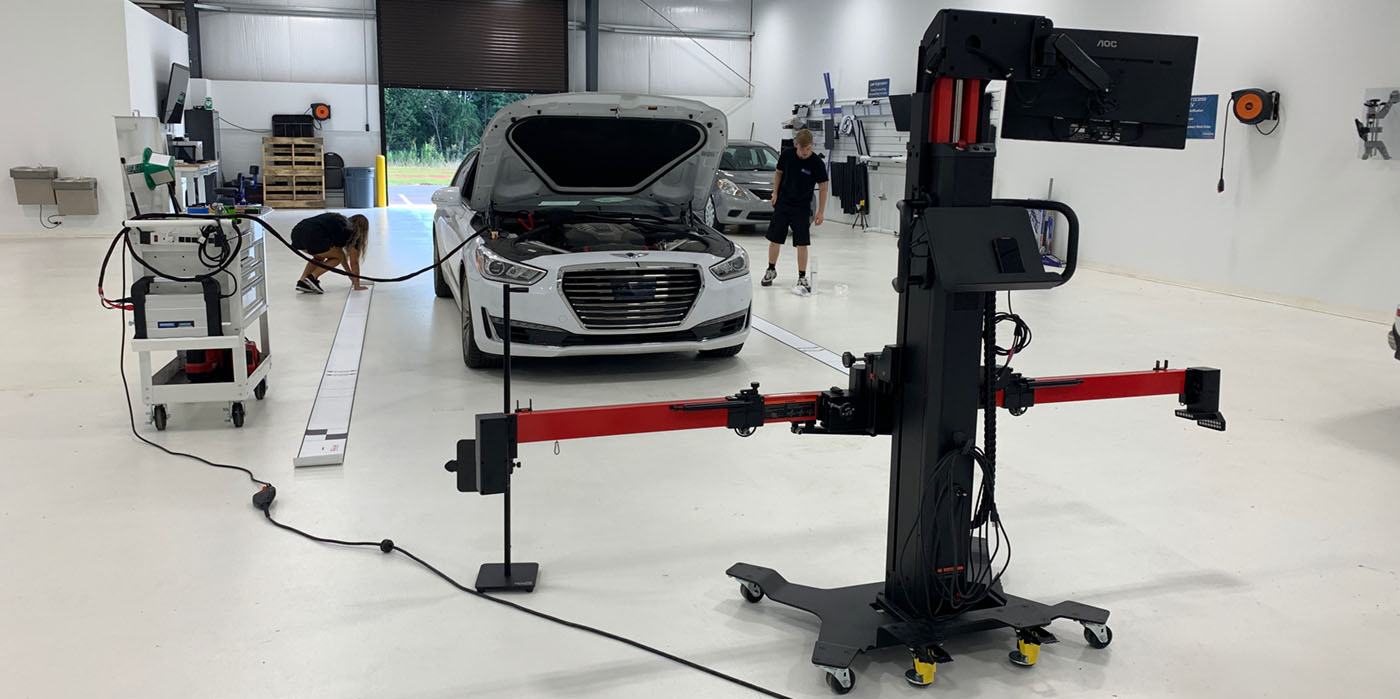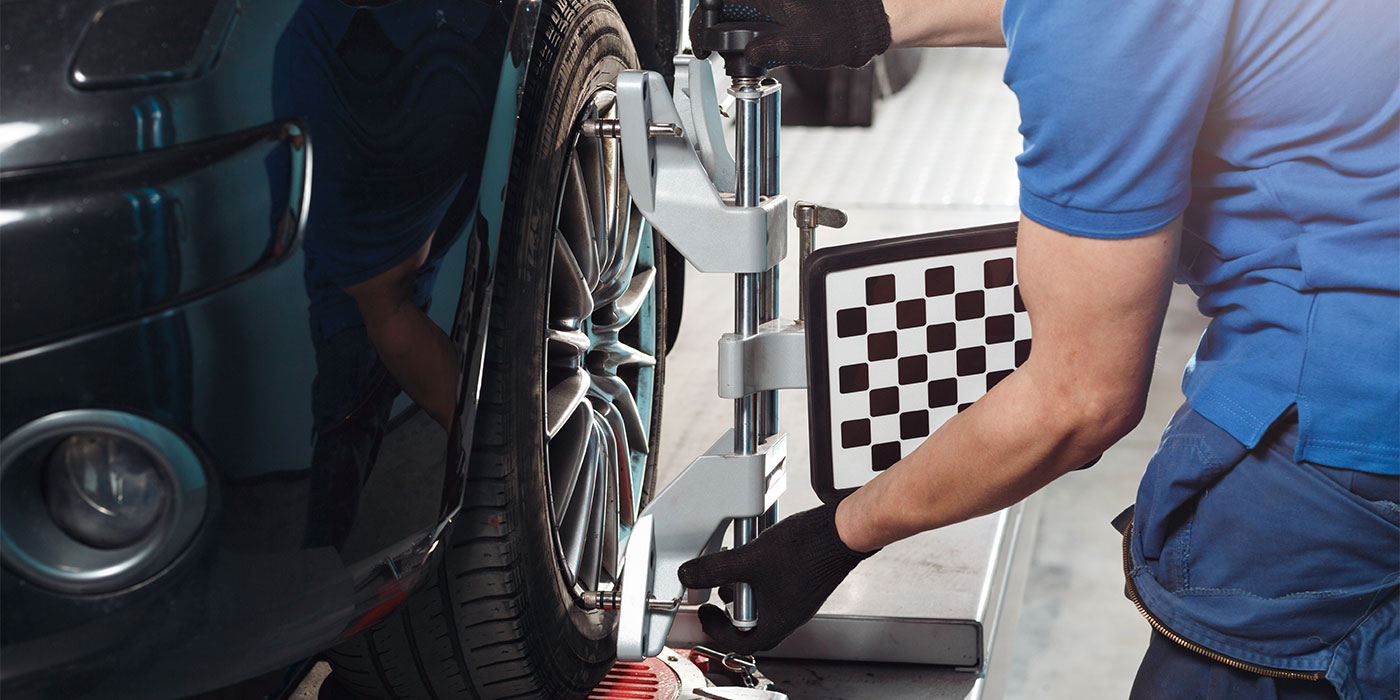Regular readers might recall my threat last month to identify some more “stuff” I like in my quest for faster, safer and more profitable collision repair.
I prefer to explain the technology and potential usefulness of tools, equipment or facility design by type and function, not by brand name. In almost all cases, the winning solution in my book is in some ways faster than the alternatives. In any industry where the labor times are presented as a “flat rate” (we’ll pay 2.4 hours to complete this, 4.5 hours to complete that), the key to making a profit is to do the work in less time than allowed while still producing a safe and accurate repair. “Faster” includes lots of different roads to get there in collision repair.
Faster with Durability and Longevity
Few consumable products are more mundane and commonplace in body shops than sandpaper, yet their cost varies widely. I can buy 100 sheets of 6-inch 220 grit for $30-something or $90-something. So which one would I buy? Here’s a brief overview of the technology involved.
Sandpaper all has a backing, an initial coat of adhesive, abrasive particles applied to the backing and a second coat of adhesive. Cost and durability change in every one of those segments.
The backing can be paper of several weights or plastic sheeting. It can have pressure-sensitive adhesive on the back side, interlocking finger mounts or just bare paper. In our business, “A” weight paper is the lightest and cheapest while “E” weight paper is the thickest and most expensive. In my example, the abrasive particles themselves will all be “around” 220 grit as there are several grading methods to measure the particle size. On a range from inexpensive silicon carbide particles to super-high-tech ceramic abrasive particles, any 220-grit stone will last just so long. At some point, it will have scrubbed itself away while abrading off the surface material. More durable particles last longer and keep the painter sanding longer between sheet changes.
Not only do the cost of the backing and the type of abrasive particle make a shop cost and durability difference, so do the adhesives and how the particles are applied to the backing. The first coat of adhesive (called the make coat) can be animal-hide glue (old Nellie the horse went off to the glue farm), which is cheap, or it can be some high-tech, waterproof, heat-resistant acrylic adhesive.
We can sprinkle the 220-grit particles over the sticky paper with a screen and let gravity carry them down. Or we can electrostatically charge the abrasive and ground the backing (or vice versa) and the particles will all land pointy-edge up. But that system costs much more than pouring the sand out of a bucket. The second coat of adhesive (the size coat) helps hold the abrasive particles onto the backing but also offers the opportunity to add a lubricant. This lubricant was originally zinc stearate (white vs. brown paper to you old guys) and now includes a variety of clever, slippery chemical additions to the adhesive, all to slide the dust out from under the sandpaper. Wet sanding, of course, slides the swarf (a combination of degrading abrasive and substrate dust) away with a flood of water. Dry papers do it with powdered lubricants included in the size coat of adhesive. Better lubricants cost more money.
Getting Your Money Back in Labor Time
I’ll do a little math here for you, but the real measure for deciding if more expensive sandpaper is the right choice for your shop is to track both the shop’s production efficiency and the sandpaper cost over time. Since labor time is the most expensive thing in any body shop, spending more on sandpaper that keeps the painter sanding longer is money well-spent.
To the many of you who just said to yourselves, “Sandpaper is sandpaper; it all wears out at some point, and the few seconds the techs stop to switch discs is nothing,” I hear ya, man. But it’s not nothing. It’s wasted labor time, and it costs $0.83 for every minute of every tech’s time, every day at a $50 labor rate ($50 door rate / 60 minutes = 83 cents). If your shop doesn’t track labor time or production efficiency (labor hours sold / labor hours spent) or material costs or anything else, then it doesn’t matter. Stick with the 220 roll from the guy in the bread truck at $25 a pop and enjoy.
If your shop intends to make a good living and a profit so everyone working there gets paid, then doing a little math about labor savings and sandpaper won’t hurt. If the roll of one hundred 220 discs is $35 from brand X and $65 from brand Y, your shop would need to save $30 somehow to win this choice. At $0.83 per minute, it’s just 36 minutes of labor savings needed to equal the $30 additional expense, spread over however long and however many techs it takes to use 100 discs.
I figure that if it costs almost twice as much as brand X, then it should last more than twice as long. So instead of two 35-cent 220 discs per average repair, we’ll only use one 65-center, ahead by a nickel already. But I’m guessing two discs per average repair, so 50 repairs per package. Divide the $30 cost difference by 50 vehicles and you’ll have spent $0.60 more per average repair for the better sandpaper. At $0.83 per minute of labor time, that’s about 43 seconds of labor the better paper must save.
Several factors play into this comparison, most importantly the technicians must use up the sandpaper. I often see a shop that tries some expensive sandpaper and doesn’t see any durability advantage. Habits are hard to break, and if the painter is accustomed to changing discs every few minutes, they often continue to do so with the better paper. As with any shop improvement, get some input from the folks on the shop floor.
Which One Would I Buy?
Which one would I buy in my quest for ever faster, safer and more profitable collision repair? I’d for sure try a couple of brands of 6-inch x 220 in different price ranges before I landed on my best choice. However, in my long history in our business, I’m convinced that better, longer-lasting sandpapers are a very smart buy. It isn’t always the most expensive, super durable version that’s best in ordinary collision repair either. They may be extra expensive to accomplish a specific purpose your shop doesn’t need. For example, the paper may be just the ticket on stainless steel welds, but you don’t do that work. But it’s never the cheapest, cut-every-corner sandpaper either. They really do require the tech to stop sanding and change out spent discs frequently.
Having been part of several controlled durability sanding tests over the years, I can say for certain that high-dollar ceramic abrasive particles are the cool thing (pun intended). They have sharper edges and last way longer than softer silicon carbide and cut better than blocky aluminum oxide particles. In the example above, the additional $30 investment in better-quality 220-grit discs would save the necessary 36 minutes of labor time long before the last disc was stuck to the sander, making money for the shop going forward. Buy a round of better paper for your shop this week and see if I’m right.














